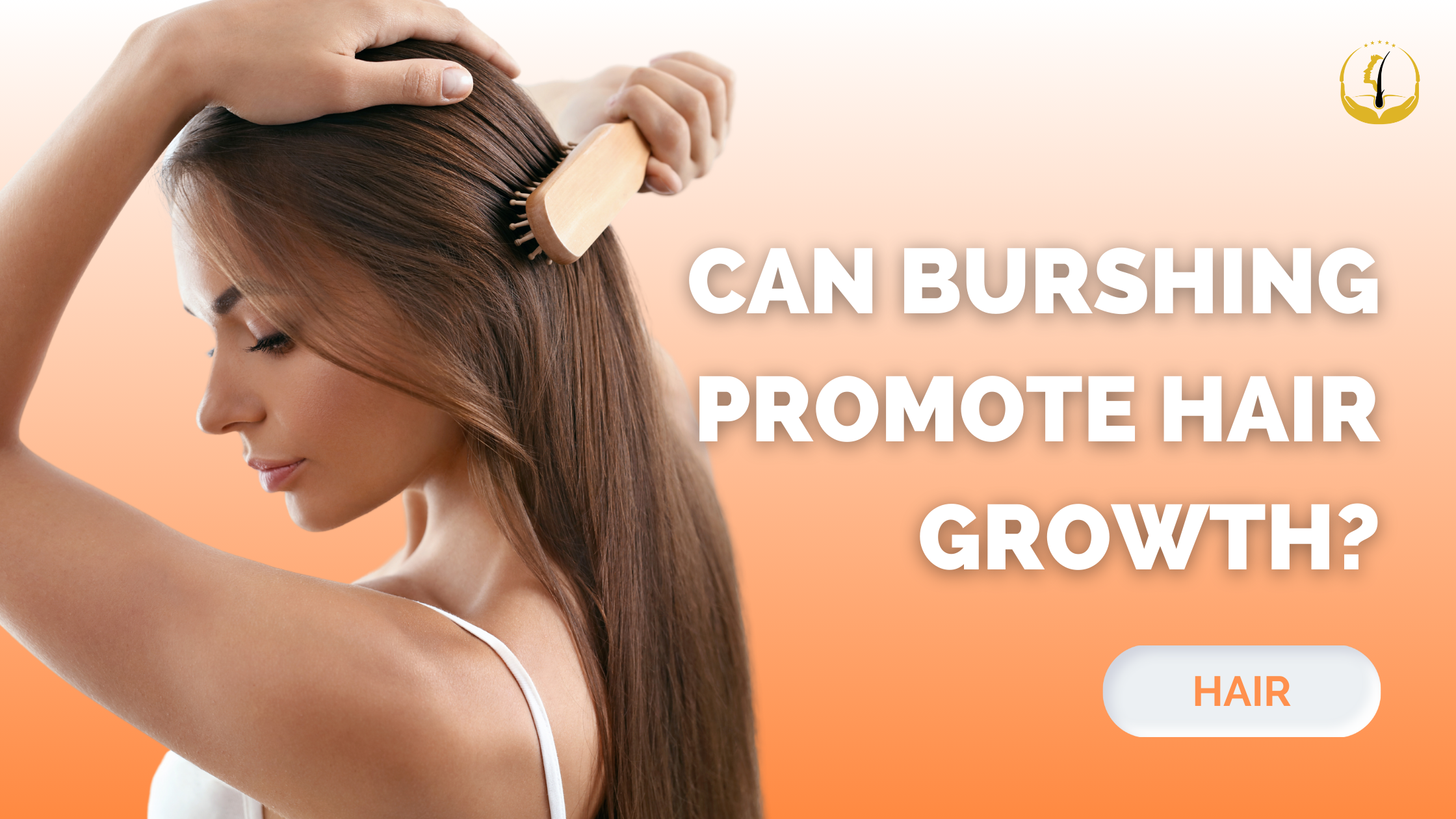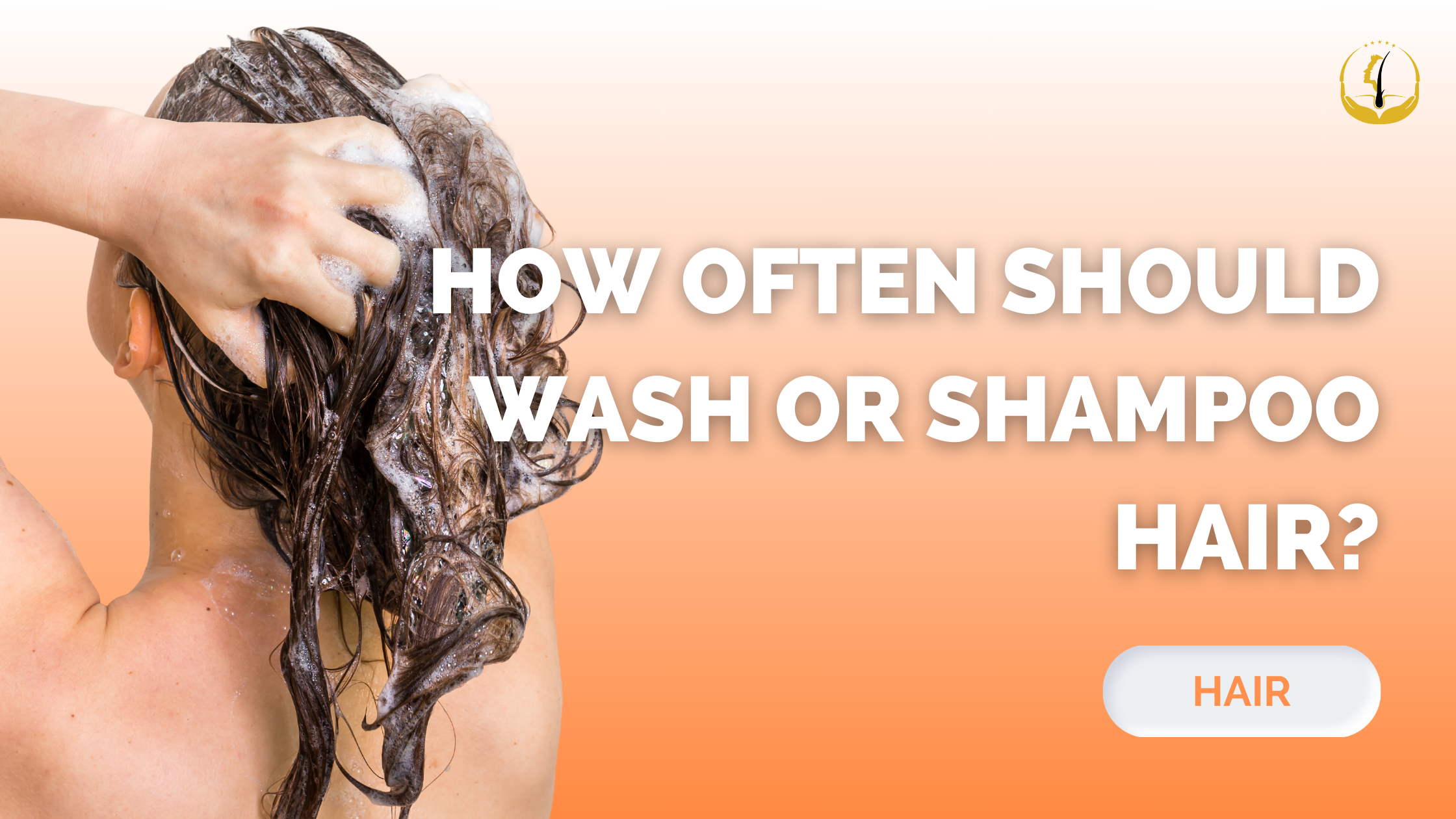Hair loss and thinning can significantly impact self-confidence. Fortunately, advancements in hair restoration have led to the development of various hair rejuvenation treatments. This blog explores the different options available and highlights the expertise offered by GLOJAS Clinic.
Understanding Hair Rejuvenation: Restoring Hair Health
Hair rejuvenation encompasses a range of treatments aimed at stimulating hair growth, improving hair density, and enhancing overall hair health. These treatments typically address issues such as thinning hair, hair loss, and scalp conditions.
Common Hair Rejuvenation Treatments
Several effective hair rejuvenation treatments are available:
- Platelet-Rich Plasma (PRP) Therapy: This involves injecting concentrated platelets into the scalp to stimulate hair growth and promote healing.
- Low-Level Laser Therapy (LLLT): Low-level lasers are used to stimulate hair follicles and promote hair growth.
- Microneedling: This procedure involves creating tiny punctures in the scalp to stimulate collagen production and enhance hair growth.
Choosing the Right Treatment: Personalized Approach
The best hair rejuvenation treatment depends on individual factors such as the cause of hair loss, severity, and desired outcome. A consultation with a qualified dermatologist or trichologist is essential to determine the most suitable approach.
Why Choose GLOJAS Clinic for Hair Rejuvenation?
At GLOJAS Clinic, we understand the emotional impact of hair loss and offer a comprehensive range of hair rejuvenation treatments. Here’s why we stand out:
- Experienced Dermatologists: Our team of qualified dermatologists specializes in hair loss and offers personalized treatment plans.
- Advanced Treatment Options: We utilize the latest technology and techniques to deliver effective hair rejuvenation results.
- Comprehensive Hair Analysis: We conduct thorough scalp assessments to identify the underlying causes of hair loss.
- Focus on Patient Well-being: We prioritize patient comfort and satisfaction throughout the treatment process.
- Holistic Hair Care Approach: We offer a combination of treatments and lifestyle advice for optimal hair health.
Hair loss can be a challenging experience, but with the right treatment and support, you can regain your confidence and achieve healthier, thicker hair. GLOJAS Clinic is dedicated to helping you achieve your hair goals.
Schedule a consultation with our team today. We can assess your hair condition, discuss treatment options, and create a personalized plan to help you rejuvenate your hair. Don’t let hair loss define you – take the first step towards healthier, fuller hair with GLOJAS Clinic!




